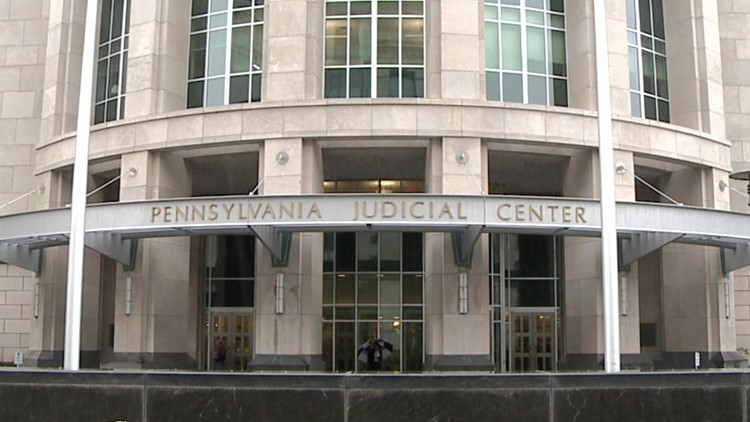HARRISBURG, Pa. — Pennsylvania's highest court broke a partisan deadlock Wednesday over a new map of congressional districts by selecting new boundaries that broadly adhere to the outlines of current districts, even as the state loses one seat because of sluggish population growth.
The Democratic-majority state Supreme Court in a 4-3 decision picked a 17-district map that had been proposed by a group of Democratic-aligned voters who sued last year in an effort to get the court involved.
It is unlikely to create a big shift in the makeup of the congressional delegation, as the state loses a seat, going from 18 to 17, to account for relatively stagnant population growth in census findings over the past decade, particularly in rural white areas predominantly represented by Republicans.
The map provides eight Republican-leaning districts, six Democratic-leaning districts and three closely divided districts, according to an analysis by FiveThirtyEight, a website that focuses on opinion poll analysis, politics and other topics.
Pennsylvania's delegation is currently split evenly, nine Republicans and nine Democrats, in a state where registered Democrats outnumber Republicans by 4 million to 3.4 million.
It lumps two Republican incumbents — U.S. Reps. Glenn Thompson and Fred Keller — into a sprawling northern district, and draws two Pittsburgh area districts where there will be no sitting incumbents running for another term.
The court also adjusted the petition gathering schedule but left the May 17 primary date intact for congressional races.





